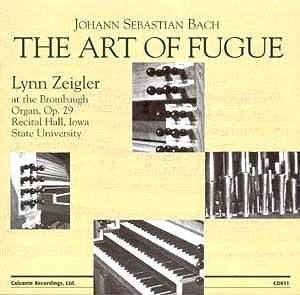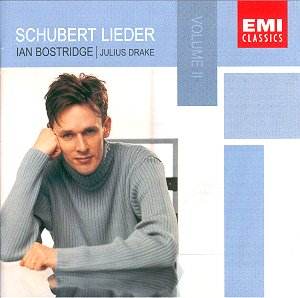 Composer: César Franck
Composer: César Franck
Works: Symphony in D minor; Psyché (four orchestral extracts)
Performers: Orchestre Philharmonique de Strasbourg, conducted by Jan Latham-Koenig
Recording: 3-4 July 2001, Salle Erasme du Palais de la Musique et des Congrès de Strasbourg
Label: Avie
César Franck’s Symphony in D minor, completed in 1888, represents a significant milestone in the late Romantic symphonic repertoire, characterized by its cyclical structure and rich harmonic language. Often overshadowed by the more prominent works of his contemporaries, Franck’s symphony possesses a unique blend of lyrical beauty and structural integrity, qualities that have attracted a litany of notable conductors and orchestras over the decades. Despite its recording ubiquity, it remains a relatively infrequent choice in concert halls, a situation that speaks to the challenges of executing its intricate thematic transformations effectively. The inclusion of the lesser-known orchestral extracts from Psyché, however, provides an enticing complement, showcasing Franck’s lyrical prowess and orchestral color.
Jan Latham-Koenig’s interpretation of the Symphony, while thoughtful, ultimately falters under the weight of its own spaciousness. The first movement’s expansive design, which ought to soar with an inevitable momentum, instead settles into a lethargy that dilutes its impact. The conductor’s broad tempi seem to lack the fiery impetus essential to propel the music forward, casting a pall over moments that should resonate with passionate intensity. This is particularly evident in the transition from the slow introduction to the vibrant ‘Allegro non troppo,’ where a sense of urgency is sacrificed for a more languid approach. The result is a performance that, while attentive, seems to lose steam by the movement’s midpoint, rendering the latter sections predictable and lacking dynamism.
Technical aspects of the performance reveal both strengths and weaknesses. The Orchestre Philharmonique de Strasbourg demonstrates commendable precision and tonal warmth, particularly in the strings, which achieve a lovely sheen throughout the work. However, moments of rhetorical flourish, such as the climactic crescendos, come across as somewhat superficial, lacking the visceral bite that should accompany Franck’s grand gestures. The cor anglais’s phrasing in the slow movement is indeed a highlight, yet it contrasts sharply with the lackluster execution of the faster sections, where Latham-Koenig’s approach feels leaden rather than exhilarating. Comparatively, the recordings of Ansermet and Boult reveal a tighter grasp on the symphonic architecture, maintaining a sense of urgency and cohesion that this performance struggles to achieve.
The excerpts from Psyché, on the other hand, allow Latham-Koenig to showcase a more favorable interpretative style. The orchestral palette is rich and sensuous, and the lyrical lines are rendered with a warmth and intimacy that eluded the Symphony. This juxtaposition emphasizes the conductor’s ability to draw forth emotional depth when the tempo and energy are more appropriately calibrated. While André Cluytens’s earlier recording stands as a benchmark for the work’s intrinsic beauty, Latham-Koenig’s interpretation offers a fresh perspective, albeit one that benefits from the context of the more substantial orchestral work.
Sound quality in this recording is commendable, with a balanced mix that allows each section of the orchestra to shine without overwhelming the listener. The engineering captures the textures of Franck’s orchestration effectively, creating an immersive listening experience. Nonetheless, the interpretive choices made by Latham-Koenig often overshadow the technical strengths of the recording.
The juxtaposition of Latham-Koenig’s interpretations of the Symphony and Psyché paints a portrait of a conductor wrestling with the demands of Franck’s music. While the Symphony struggles under the weight of its own expansive design, the orchestral extracts from Psyché reveal a more compelling and vibrant engagement with the score. The release, therefore, stands as a testament to the challenges and rewards of interpreting Franck’s symphonic language, though it ultimately leaves one wishing for a greater depth of expression and urgency in the Symphony. A more robust engagement with the symphonic narrative could have elevated this recording into the ranks of the truly memorable.



